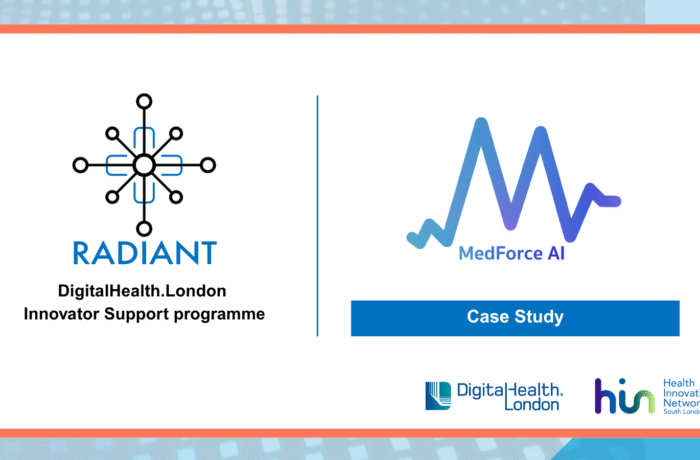Last week I was invited by DigitalHealth.London to run a workshop at their annual summit on the theme Why #TomorrowsPatient needs a digital NHS. A firmly patient-centred tone for the day was set by Jonathon Hope who spoke from personal experience about the importance of patient participation in designing a digitally enabled NHS. He made the case that whilst we talk a lot about patient participation, in practice we often don’t include and involve people as well as we might.
My session focused on sharing some deceptively simple mHabitat service design tools which can be powerful levers for participation. You can find out more by clicking through this Prezi and I explain a bit more about two of these tools below.
Personas – the use of personas in service and product design is commonplace but I’ve rarely come across them being used in healthcare. A persona is an imaginary person who might typically make use of the service or product being designed. Personas enable groups of people to step into another person’s shoes and see the world from their perspective. Personas are powerful because they enable people to share personal experiences in a way which is one-step-removed – keeping them safe. They are also powerful because they help people avoid getting stuck in one point of view. A persona can be a composite of different experiences and viewpoints and help keep everyone focused on the end user – keeping it personal from the get go.
Storyboards – telling stories can be a powerful way to communicate ideas and a storyboard is another simple tool for grounding participants in what life is like for the person using service or product being designed. A storyboard can be used to tell a story of life as it is now or life as it might be like in the future. It can engage people with the here and now or help them imagine what life might be like for people using a service or product they are designing. A storyboard is a simple set of six to eight squares with space for notes where people can tell a story from the perspective of their persona.
We didn’t have time at the event to do more than introduce these two tools and have a play with them. But I hope it gave people an opportunity to understand how being creative, using simple tools and having props can be a great leveller in enabling people to make and do as well as talk and collaborate.
If you’d like to find out more about the tools we use in helping the NHS and wider public sector make sense of digital technologies in practice, you can email us at wearemhabitat@gmail.com or find us on Twitter @wearemhabitat.



